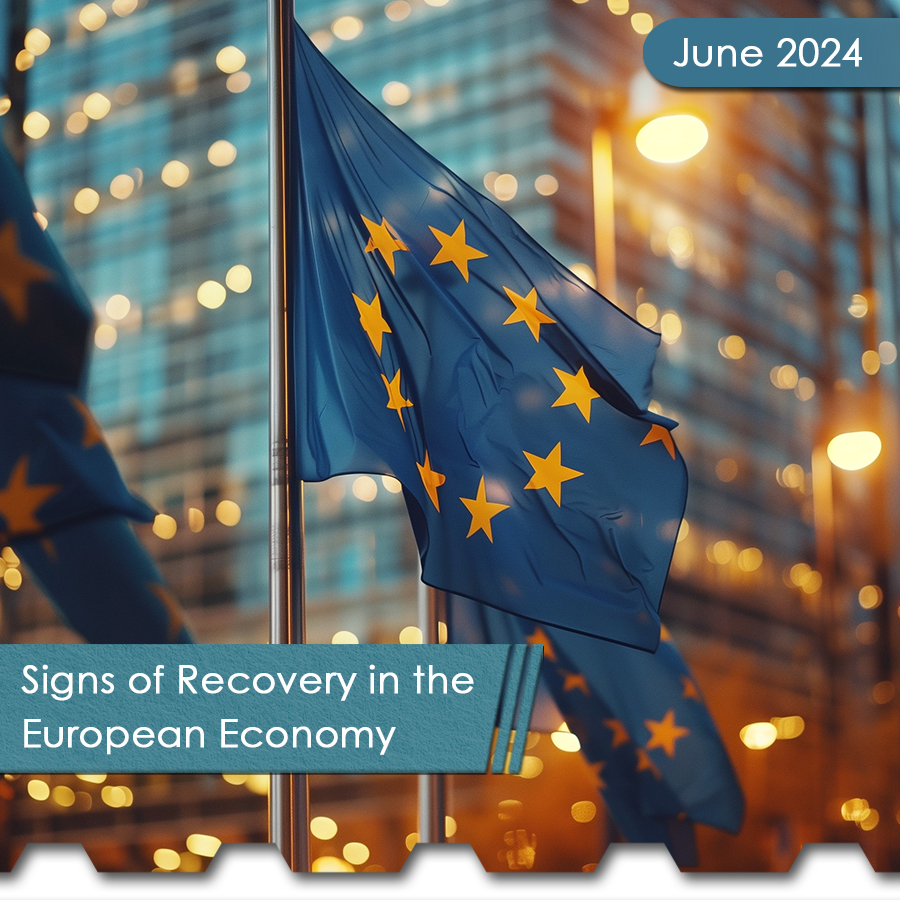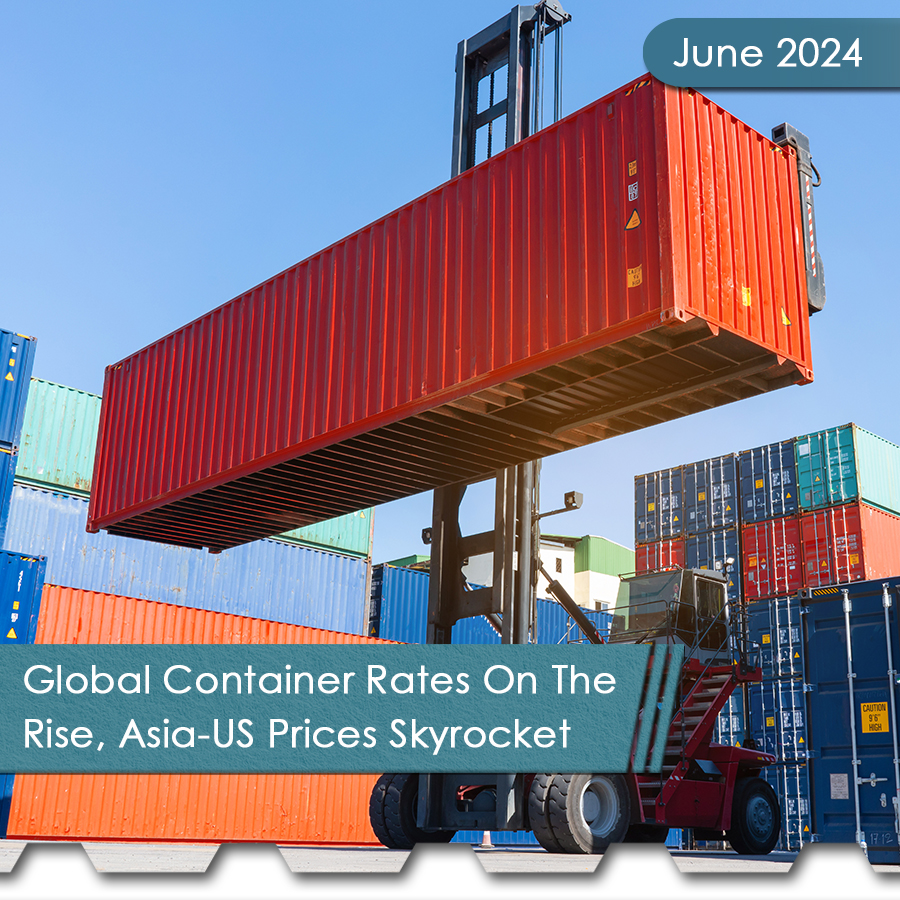The Rhine River is one of Europe’s most important shipping routes – around 80% of inland waterway goods transports rely on this one river that passes through several major cities. Businesses and manufacturers depend on shipments they receive from these transports. The Rhine is particularly important for transporting agricultural products, commodities like coal and oil, and chemicals for manufacturing purposes. Water levels of the Rhine are reaching a critically low watermark due to extreme heat and a lack of rain. This natural combination is jeopardizing the German economy and adding more disruption to supply chains, which are already under stress.
Lower water levels mean that barges will have to travel with reduced freight to limit their weight, otherwise barges run the risk of running aground, further straining supply chains. The amount of goods being shipped on the Rhine are decreasing at a time when the freight rates are increasing – this means more trips for goods that need to be shipped, and thus, a larger price tag for everyone involved. While most would think alternative shipping options might need to be explored, Salomon Fiedler, an economist at Berenberg Bank, states that “experience from past low-water periods suggests that it is very difficult in the short term to switch from river shipping to road or rail.” In addition to shipping issues, the low water levels also pose a threat to industries that rely on the river flow, such as industrial power plants that utilize the water for cooling. An article recently published by CNBC further reports on the decreasing levels of the Rhine River and its effects on global supply chain.
To read the article, Click Here.






